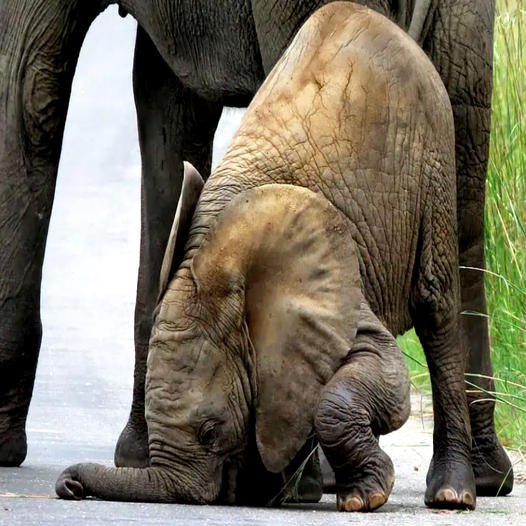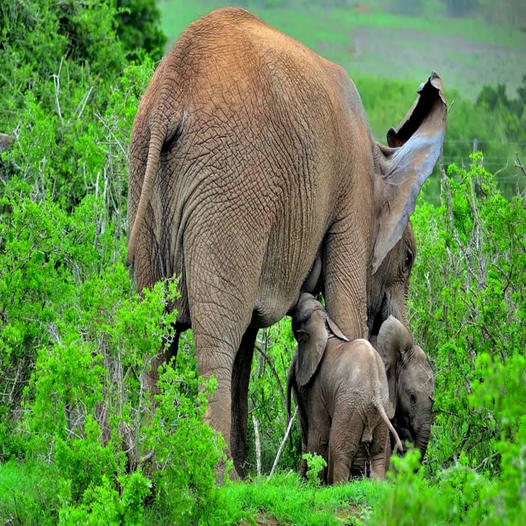Some of the plants in this list may have a purple or other than blue hue in the flowers and may not be ‘pure blue’.
1. Jacquemontia
mushkan_murmu

Botanical Name: Jacquemontia pentanthos


 Type: Perennial vine
Type: Perennial vine
Origin: Native to the AmericasSize: Varies depending on the species
Light Requirements: Full sun to partial shade
 USDA Hardiness Zones: 8-11
USDA Hardiness Zones: 8-11
With delicate, sky-blue petals that dance in the breeze, Jacquemontia adds a touch of serenity to any garden. These blue flowers are small but captivating, making them a sweet addition to your outdoor sanctuary.

Growing Tip: Jacquemontia, also known as Sky Blue Clustervine, thrives in full sunlight. Ensure well-draining soil and allow the soil to dry out between watering to prevent root rot. It’s a climbing plant, so provide a trellis or support for it to climb. Prune it occasionally to maintain its shape and encourage more blooms.YOU MAY LIKE

2. Yesterday, Today, and Tomorrow
Botanical Name: Brunfelsia pauciflora
Type: Shrub
Origin: Brazil
Size: Up to 8 feet tall
Light Requirements: Full sun to partial shade
USDA Hardiness Zones: 7-10
The enchanting name of these flowers reflects their remarkable color-changing nature. As they bloom, you’ll witness a captivating transformation from deep purple “Yesterday” to pale lavender “Today” and finally, pristine white “Tomorrow.”
Growing Tip: This unique flower requires partial shade for optimal growth. Keep the soil consistently moist but not waterlogged. Pruning is essential after flowering to encourage new growth and maintain its compact shape. Be patient as the flowers change colors from purple to lavender to white over a few days.
3. Agapanthus
Botanical Name: Agapanthus africanus
Type: Herbaceous perennial
Origin: South Africa
Size: 1 to 3 feet tall, depending on the variety
Light Requirements: Full sun to light shade
USDA Hardiness Zones: 8-11
Native to South Africa, Agapanthus is celebrated for its stunning globe-like clusters of blue flowers. These elegant blooms gracefully sway in the wind, making them a favorite among garden enthusiasts.
Growing Tip: Agapanthus, or Lily of the Nile, prefers well-draining soil and should be planted in a sunny to partly shaded location. Water deeply but infrequently to promote deep root growth. Divide the clumps every few years to rejuvenate the plant and increase its blooms.
4. Aster

Botanical Name: Aster amellus
Type: Herbaceous perennial
Origin: North America and Eurasia
Size: Varies depending on the species
Light Requirements: Full sun to light shade
USDA Hardiness Zones: 3-9
Asters come in various shades, including the soothing purple and light blue flowers that bring a touch of tranquility to your garden. These daisy-like blossoms are a late-summer delight.
Growing Tip: Asters are sun-loving flowers that need well-drained soil. Deadhead spent blooms to encourage continuous flowering. To prevent powdery mildew, ensure good air circulation and avoid overhead watering. A layer of mulch can help retain soil moisture.
5. Beth’s Blue
Botanical Name: Isotoma axillaris
 Type: Perennial ground cover
Type: Perennial ground cover
Origin: Australia
Size: Up to 6 inches tall and 2 feet wide
Light Requirements: Full sun to light shade
USDA Hardiness Zones: 8-10
Beth’s Blue blankets the ground with tiny, star-shaped blossoms. Its enchanting flowers create a heavenly carpet underfoot, making it a delightful ground cover.
Growing Tip: Beth’s Blue, or Rock Isotome, prefers full sun to light shade. It thrives in well-drained soil and should be watered regularly but not excessively. Deadheading spent flowers will prolong the blooming period. Consider growing it in containers or hanging baskets for a charming trailing effect.




